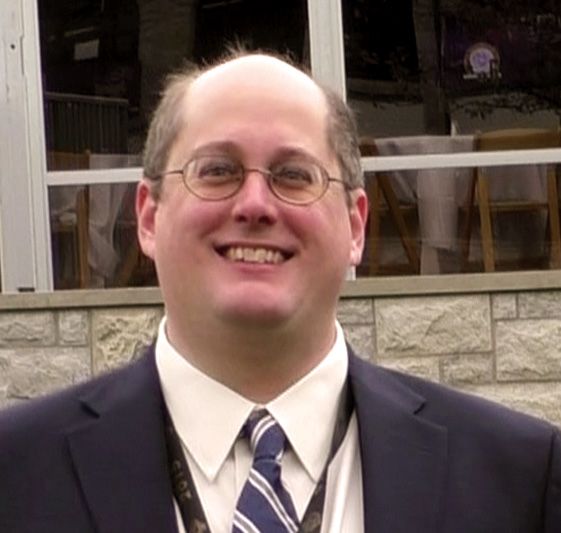Handicapping Insights
HANDICAPPING INSIGHTS
JANUARY 7, 2011
by Dick Powell
Gulfstream Park opened up its 2011 racing season on Wednesday with some
significant changes for those who will be betting on the track's races. In an
effort to attract new customers and try to get former customers to come back,
Gulfstream is now offering up a new wagering menu that not only offers more
opportunities but at a lower cost.
The big change in the Gulfstream Park wagering menu is the addition of a 50
cent Pick-5 with a very low 15 percent takeout. This is similar to what Monmouth
Park did last summer and it was a big success. By having the 50 cent increment,
small bettors can use more horses in their combinations without breaking the
bank but the 15 percent takeout will attract the more price-sensitive bettors as
well. With good-sized fields, there is still the possibility of carryovers and
we saw that on opening day when the Pick-5 was not hit even with $55,229 in the
pool. Weekends should see pool sizes in the six-figure range.
There will be early and late 50 cent Pick-4s with a very low takeout of 20
percent, so this will also provide all customers the ability to chase big
payoffs on limited budgets. Bet-3s will have the same low 20 percent takeout.
Gulfstream Park has never been a big track for the Pick-6 so this year they
are trying to stimulate business by offering a 10 cent Pick-6 that is designed
to have carryovers grow the pool to where it might be worth betting. According
to the Gulfstream Park web site, "The 10 cent Pick-6 will be awarded to one
unique ticket. On days when there are multiple winners, 60 percent of the pool
will be shared equally while 40 percent goes back into the jackpot."
This is an offshoot of the Beulah Park Pick-6, which did generate six-figure
carryovers going to the last day of the meet last year. Gulfstream is going to
seed the Pick-6 with $5,000 to make it worth your while to play.
On opening day, there was $7,457 bet on this year's 10 cent Pick-6 compared
to last year's $2 Pick-6 pool of $9,996. Granted, last year's opening day was on
a Sunday, so that might explain why this year's pool might be down. But, I don't
know if this year's pool included the $5,000 seed money.
My problem with the new Pick-6 is that it is very complicated and, while it
might achieve its goal, there is a steep learning curve to fully understand its
nuances. With a terrific 50 cent, low-takeout Pick-5, why even bother with it.
Plus, some of the tote companies have not undergone the expensive
re-configuration needed to even take this bet, so don't be surprised to see your
local simulcast outlet or ADW not making it available.
As for the racing itself, Gulfstream will still be the speed-favoring main
track track for dirt sprints that it has been for the past few years. Speed is
king from 5 1/2 furlongs to one mile on the dirt track as the Gulfstream main
track has a strong bias toward it. Here are the numbers:
them were won gate to wire. As computed in the BRIS Ultimate Past
Performances, there was a speed bias of 76 percent and the winner's average
beaten distance was only 2.0 lengths at the first call.
them were won gate to wire. There was a speed bias of 74 percent and the
winner's average beaten distance was only 1.6 lengths at the first call.
them were won gate to wire. There was a speed bias of 78 percent and the
winner's average beaten distance was only 1.6 lengths at the first call.
them were won gate to wire. There was a speed bias of 80 percent and the
winner's average beaten distance was only 1.5 lengths.
were won gate to wire. There was a speed bias of 68 percent and the winner's
average beaten distance was 2.2 lengths.
Remember, at one mile on the main track, there is a very short run up to the
timing pole so the races are timed almost as if they were breaking from a
standing start. Thus, the first quarter-mile times are unusually slow; 24
seconds flat is a good time from the starting gate in a one-mile race so don't
make the mistake of thinking that these races are run at a slow pace.
Analyzing two-turn races on the main track is problematic. First of all,
there are very few of them carded since they start very close to the first turn
and many trainers do not want to run if they draw an outside post. Thus, the
one-mile races are very popular. Secondly, many of the two-turn turf races that
are washed out and switched to the main track are run at one mile, resulting in
even fewer races run at 1 1/8 miles around two turns.
Turf racing is a challenge at Gulfstream since the portable rail is moved
each week in 12-foot increments. Historically, we have found that when the rail
is down (0 feet) or set at 12 feet, inside speed horses tend to have an
advantage. When the rail is set at 72 or 84 feet, wide closers seem to have an
advantage.
Using the same BRIS Ultimate Past Performances information as we did for the
main track yields the following results:
percent of them were won gate to wire. There was a speed bias of 64 percent
and the winner's average beaten distance was only 2.0 lengths.
percent of them were won gate to wire. There was a speed bias of 29 percent
and the winner's average beaten distance was 4.5 lengths.
percent of them were won gate to wire. There was a speed bias of 46 percent
and the winner's average beaten distance was 3.4 lengths.
percent of them were won gate to wire. There was a speed bias of 51 percent
and the winner's average beaten distance was 3.4 lengths.
In turf sprints going five furlongs, there is a huge speed bias. Once the
turf races stretch out to two turns, the speed bias goes away and the course
either plays fair or favors closers. The two most popular distances run on the
turf at Gulfstream -- one mile and 1 1/16 miles -- yield results that are
relatively fair in terms of running styles.
In turf sprints, horses that run up front early have a big edge. Once the
races stretch out to two turns, the turf races are relatively fair, with a one
in six chance of winning gate to wire or you want to come from midpack. Deep
closers have their best shot with the temporary set at its widest point.
We'll be keeping track of how the rail position affects the winning running
styles of the turf races and also see if the historical bias toward speed on the
main track sprints continues as the meet goes along.
Authors
Categories
Featured Products
Super Screener
HRN's premiere analysis product, providing selections, analysis & wagering strategy for top stakes every weekend. Mike Shutty uses historical data to screen each race, identifying criteria that helps pick winners & toss vulnerable favorites.
Buy NowGus Alonso's Spotlight Selections
As heard on 'At The Races w/ Steve Byk,' Gus Alonso spotlights the biggest racing days of the year along with doing the expert picks for Gulfstream Park on the Twinspires App!
Buy NowKeeneland
View all products for Keeneland
Buy NowADVERTISEMENT





